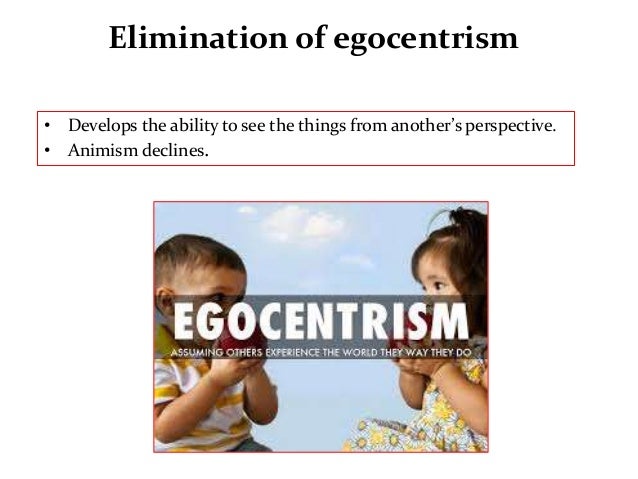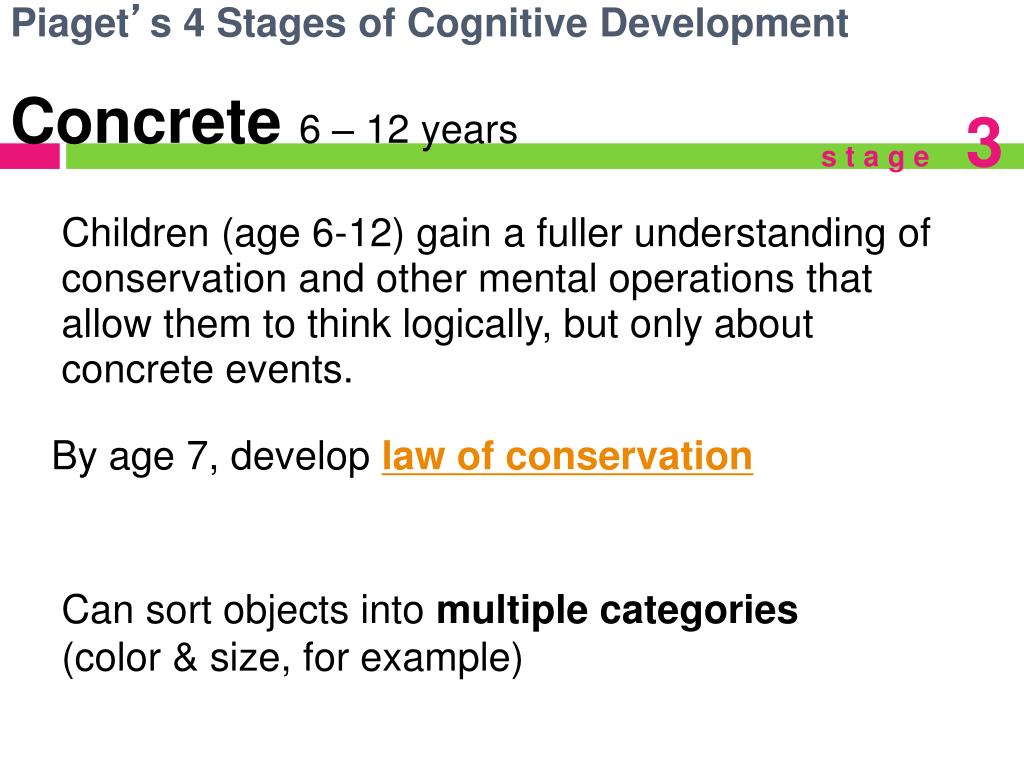Animism psychology piaget information
Home » Trending » Animism psychology piaget informationYour Animism psychology piaget images are ready in this website. Animism psychology piaget are a topic that is being searched for and liked by netizens today. You can Find and Download the Animism psychology piaget files here. Get all royalty-free photos and vectors.
If you’re looking for animism psychology piaget images information connected with to the animism psychology piaget topic, you have visit the ideal site. Our site always gives you hints for seeing the maximum quality video and picture content, please kindly surf and find more informative video content and graphics that fit your interests.
Animism Psychology Piaget. As the child becomes progressively older he is less animistic and more objectively logical in his thinking. This is the belief that inanimate objects (such as toys and teddy bears) have human feelings and intentions. In the child’s conception of the world (piaget, 1929), young children’s animism is a central theme; During this time, children’s language often shows instances of.
 Psychological management of child in dentistry using Jean From slideshare.net
Psychological management of child in dentistry using Jean From slideshare.net
This is the belief that inanimate objects (such as toys and teddy bears) have human feelings and intentions. Animism is the ability to distinguish between animate and inanimate objects (shaffer et al., 2010). Piaget�s theory describes children’s language as “symbolic,” allowing them to venture beyond the “here and now” and to talk about such things as the past, the future, people, feelings and events. Piaget noticed that children are inclined to view more objects as “alive” than are adults. A notable exception to the idea, originally introduced in developmental psychology by piaget (1926/1929), that animism is primarily children’s manifestation of irrational thinking, which is overtaken in adult life, is the position expressed by guthrie (1993). Became interested in what they thought life was.
This is the belief that inanimate objects (such as toys and teddy bears) have human feelings and intentions.
A notable exception to the idea, originally introduced in developmental psychology by piaget (1926/1929), that animism is primarily children’s manifestation of irrational thinking, which is overtaken in adult life, is the position expressed by guthrie (1993). Piaget�s (1936, 1950) theory of cognitive development explains how a child constructs a mental model of the world. A notable exception to the idea, originally introduced in developmental psychology by piaget (1926/1929), that animism is primarily children’s manifestation of irrational thinking, which is overtaken in adult life, is the position expressed by guthrie (1993). Animistic thinking is a mode of thinking which involves attributing life to an inanimate object. During this time, children’s language often shows instances of. What is animism in psychology?
 Source: slideserve.com
Source: slideserve.com
Animism is the ability to distinguish between animate and inanimate objects (shaffer et al., 2010). As the child becomes progressively older he is less animistic and more objectively logical in his thinking. Finally, in psychology, animism is conceived by piaget as a typical concept of the world corresponding to a precise step in children’s cognitive development. According to piaget, the first limitation of the preoperational stage is animism (santrock, 2011). Piaget has identified four stages of animism :
 Source: slideserve.com
Source: slideserve.com
In the child’s conception of the world (piaget, 1929), young children’s animism is a central theme; Animistic thinking is a mode of thinking which involves attributing life to an inanimate object. A notable exception to the idea, originally introduced in developmental psychology by piaget (1926/1929), that animism is primarily children’s manifestation of irrational thinking, which is overtaken in adult life, is the position expressed by guthrie (1993). Piaget�s (1936, 1950) theory of cognitive development explains how a child constructs a mental model of the world. Up next, he recognize the centration on children , that means that a kid in this stage focus on one aspect of a situation.
 Source: ppt-online.org
Source: ppt-online.org
Piaget determined that stages of animism are age related. According to piaget, the first limitation of the preoperational stage is animism (santrock, 2011). A notable exception to the idea, originally introduced in developmental psychology by piaget (1926/1929), that animism is primarily children’s manifestation of irrational thinking, which is overtaken in adult life, is the position expressed by guthrie (1993). Up next, he recognize the centration on children , that means that a kid in this stage focus on one aspect of a situation. Piaget�s theory describes children’s language as “symbolic,” allowing them to venture beyond the “here and now” and to talk about such things as the past, the future, people, feelings and events.
 Source: slideshare.net
Source: slideshare.net
Animism is the belief that objects have lifelike qualities and are therefore capable of having feelings, intentions and emotions. Up to the ages 4 or 5 years, the child believes that almost everything is alive and has a purpose. Children in this stage believe that everything around them is. As an integral part of jean piaget�s theory of cognitive development, this type of thinking is most often seen in children who are in the preoperational stage. Piaget noticed that children are inclined to view more objects as “alive” than are adults.
 Source: slideshare.net
Source: slideshare.net
In the child’s conception of the world (piaget, 1929), young children’s animism is a central theme; There was no support for piaget�s theory that animism, or the attribution of life to objects, has a direct relationship to precausal explanations. Animism is the ability to distinguish between animate and inanimate objects (shaffer et al., 2010). Piaget has identified four stages of animism : Became interested in what they thought life was.
 Source: slideshare.net
Source: slideshare.net
Piaget�s theory describes children’s language as “symbolic,” allowing them to venture beyond the “here and now” and to talk about such things as the past, the future, people, feelings and events. Animism is the belief that objects have lifelike qualities and are therefore capable of having feelings, intentions and emotions. According to piaget, the first limitation of the preoperational stage is animism (santrock, 2011). This is a clear example of animism. Up to the ages 4 or 5 years, the child believes that almost everything is alive and has a purpose.
 Source: slideserve.com
Source: slideserve.com
This is the belief that inanimate objects (such as toys and teddy bears) have human feelings and intentions. Piaget (1923)(1) believed that children�s mental reasoning at this stage was limited by magical thinking and animism. Animism /magical thinking/ piaget /upton: This is the belief that inanimate objects (such as toys and teddy bears) have human feelings and intentions. This is the belief that inanimate objects (such as toys and teddy bears) have human feelings and intentions.
This site is an open community for users to share their favorite wallpapers on the internet, all images or pictures in this website are for personal wallpaper use only, it is stricly prohibited to use this wallpaper for commercial purposes, if you are the author and find this image is shared without your permission, please kindly raise a DMCA report to Us.
If you find this site value, please support us by sharing this posts to your own social media accounts like Facebook, Instagram and so on or you can also bookmark this blog page with the title animism psychology piaget by using Ctrl + D for devices a laptop with a Windows operating system or Command + D for laptops with an Apple operating system. If you use a smartphone, you can also use the drawer menu of the browser you are using. Whether it’s a Windows, Mac, iOS or Android operating system, you will still be able to bookmark this website.
Category
Related By Category
- Dyson hoover v6 animal information
- Creative names for stuffed animals information
- Cute anime dog information
- Author of my family and other animals information
- Best free anime app information
- Anime laptop backgrounds information
- Anime forest background information
- Bleach blood war arc anime information
- Cheltenham animal shelter information
- Anime mugen games download information